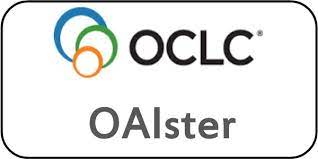Clinical Spectrum of Recurrent Urinary Tract Infections: A Single-Center Study
DOI:
https://doi.org/10.59793/ijcp.v34i5.675Keywords:
Recurrent urinary tract infections, urinary tract infections, multidrug-resistant microbesAbstract
A retrospective observational study was undertaken to evaluate the clinical profile of recurrent urinary tract infections (UTIs) in a tertiary care hospital. Patients <18 years, kidney-transplant recipients, those on immunosuppressive agents and pregnant patients were excluded. Patients with ≥2 episodes of culture positive UTIs were included. Demographic details, investigations and treatment were recorded. Out of total 48 patients, 18 were female and 30 male. The common manifestations were acute pyelonephritis (52%), emphysematous pyelonephritis (20%) and cystitis (25%). Extended-spectrum beta-lactamase (ESBL)-producing Escherichia coli (48%) was the most frequent organism isolated followed by Klebsiella spp. (29%) and Pseudomonas spp. (23%). Recurrent episodes of UTI with same organisms were noted in 62% patients. Death occurred in 12.5% patients due to septic shock. Renal calculi (24%) and double J (DJ) stent placement (30%) were associated with recurrent UTIs, though this was not statistically significant. Resistance to higher antibiotics (colistin, carbapenems, piperacillin-tazobactam, cefoperazone-sulbactam, third-generation cephalosporins) (65.4%, r = 0.81), diabetes (62.5%, r = 0.79), urological procedure (39.5%, r = 0.68), prior hospitalization (75%, r = 0.84), history of UTI prior to the study period (44%, r = 0.72) and need for per urethral catheter (PUC) beyond 7 days (35%, r = 0.74) had significant correlation with recurrent UTIs.
Downloads
Published
Issue
Section
License
All open access articles published in IJCP are distributed under the terms of the CC BY-NC 4.0 license (Creative Commons Attribution-Non-Commercial 4.0 International Public License). This license permits unrestricted use, distribution, and reproduction of the articles in any medium for non-commercial purposes, provided that: The original authorship is properly and fully attributed. The IJCP is cited as the original place of publication with correct citation details. If an original work is reproduced or disseminated in part or as a derivative work, this must be clearly indicated. No articles are reproduced for commercial use without prior consent from the IJCP. All licensing requests and permissions for commercial use will be managed by the Publisher.














